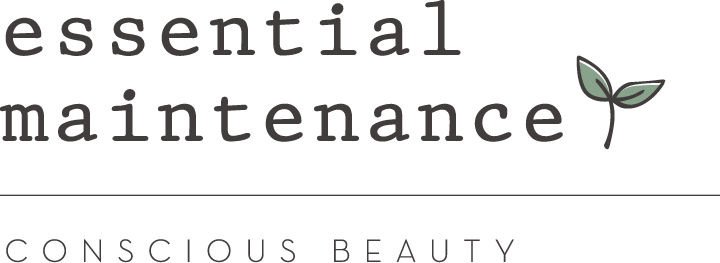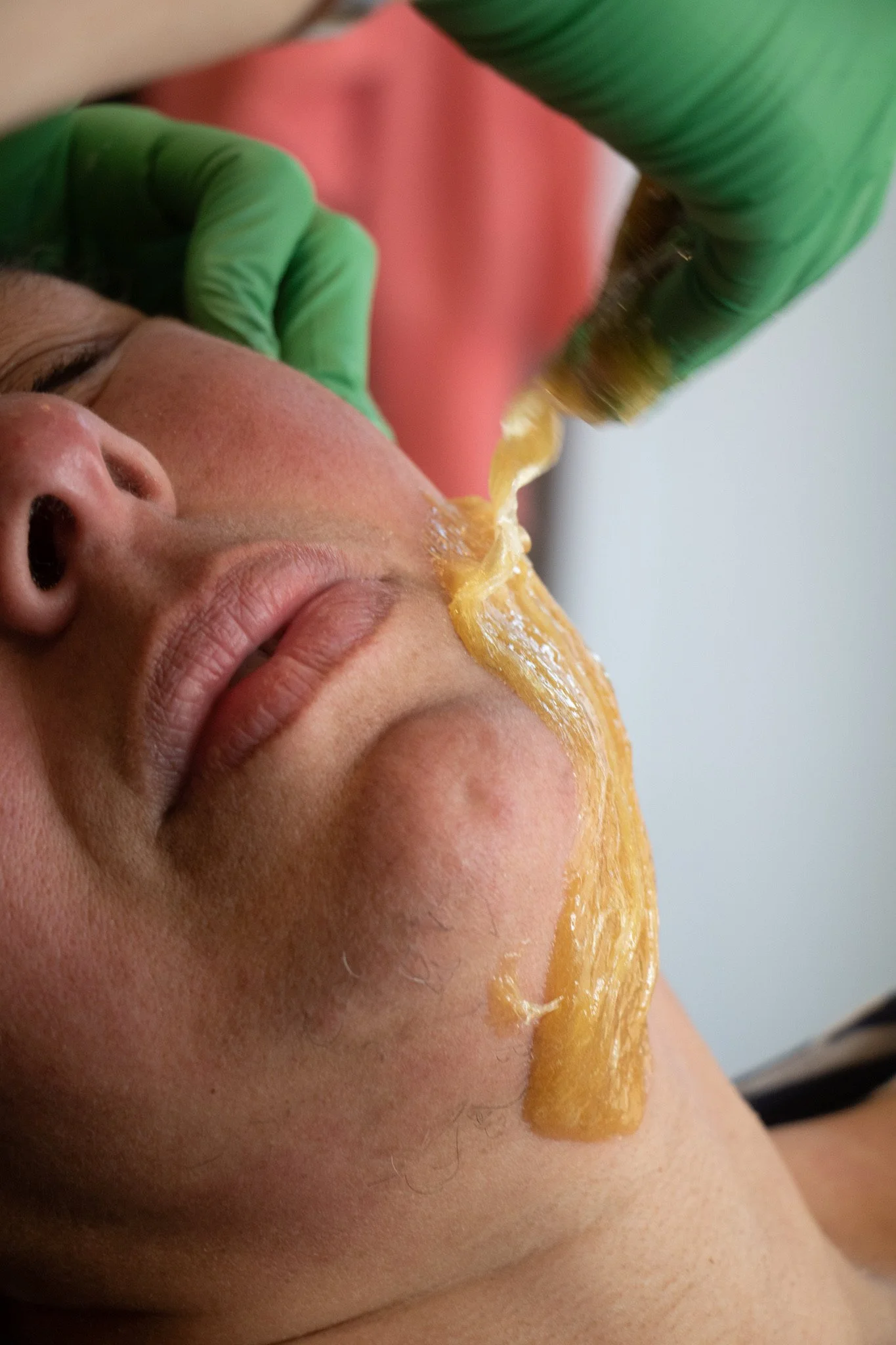Can Sugaring Be Done On The Face?
When it comes to facial hair removal, there are various methods available, each with its pros and cons. One method gaining popularity for its natural and gentle approach is sugaring. Derived from ancient beauty rituals, sugaring involves using a simple mixture of sugar, lemon juice, and water to remove unwanted hair. But can sugaring be done on the face? In this blog post, we'll explore the world of sugaring and find out if it's a safe and effective option for facial hair removal.
Sugaring is an age-old hair removal technique that dates back to ancient Egypt and is often considered an alternative to waxing. The process involves applying a warm, sticky paste made of sugar, lemon juice, and water to the skin, which adheres to the hair. With a quick flick, the sugaring paste pulls out the hair from the root, leaving the skin smooth and hair-free.
One of the primary concerns when considering facial hair removal is the safety and sensitivity of the skin. Unlike waxing, sugaring paste adheres only to the hair and not the skin, significantly reducing the risk of irritation or burns. The natural ingredients used in sugaring make it suitable for all skin types, even those with sensitive skin.
Sugaring is versatile and can effectively remove hair from various facial areas, including the upper lip, eyebrows, chin, sideburns, and cheeks. However, certain delicate areas, such as around the eyes, should be avoided to prevent accidents or injuries.
Compared to other facial hair removal methods, sugaring offers several benefits. Firstly, the natural ingredients used in sugaring paste minimize the risk of allergic reactions. Secondly, sugaring exfoliates the skin, leaving it feeling smoother and softer. Additionally, sugaring is known to weaken hair follicles over time, leading to a reduction in hair growth with regular sessions.
To achieve the best results and minimize discomfort, proper preparation is essential. Before a sugaring session, ensure that your facial hair is at least 1/8 inch long. Cleanse your face thoroughly to remove any makeup, oil, or dirt, and avoid applying any lotions or creams to the area.
While sugaring is generally considered safe, there are common mistakes that can lead to less-than-ideal results. Avoid applying the paste against hair growth, as this can cause breakage and ingrown hairs. Additionally, make sure the sugaring paste is the right consistency to adhere correctly to the hair.
The frequency of sugaring sessions for facial hair removal may vary depending on individual hair growth rates. On average, scheduling a session every 3 to 4 weeks can help maintain hair-free skin and reduce hair regrowth over time.
To soothe the skin and prevent irritation after sugaring, apply a gentle moisturizer and avoid sun exposure for at least 24 hours. Exfoliating the treated area 48 hours after the session can also help prevent ingrown hairs and promote smoother skin.
In conclusion, sugaring can indeed be a safe and effective method for facial hair removal. Its natural ingredients and gentle approach make it suitable for most skin types, while its long-term benefits make it a popular choice among those seeking a sustainable hair removal solution. Whether you choose to try sugaring at home or seek professional help, always prioritize safety and proper technique to achieve the best results and enjoy silky-smooth skin on your face.


